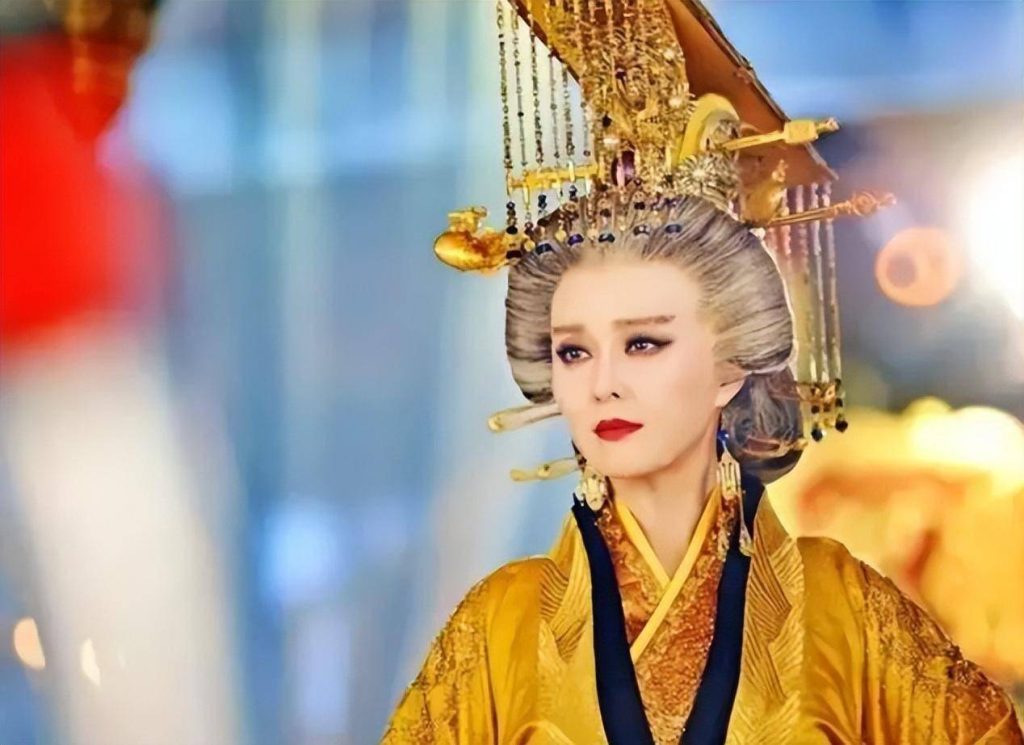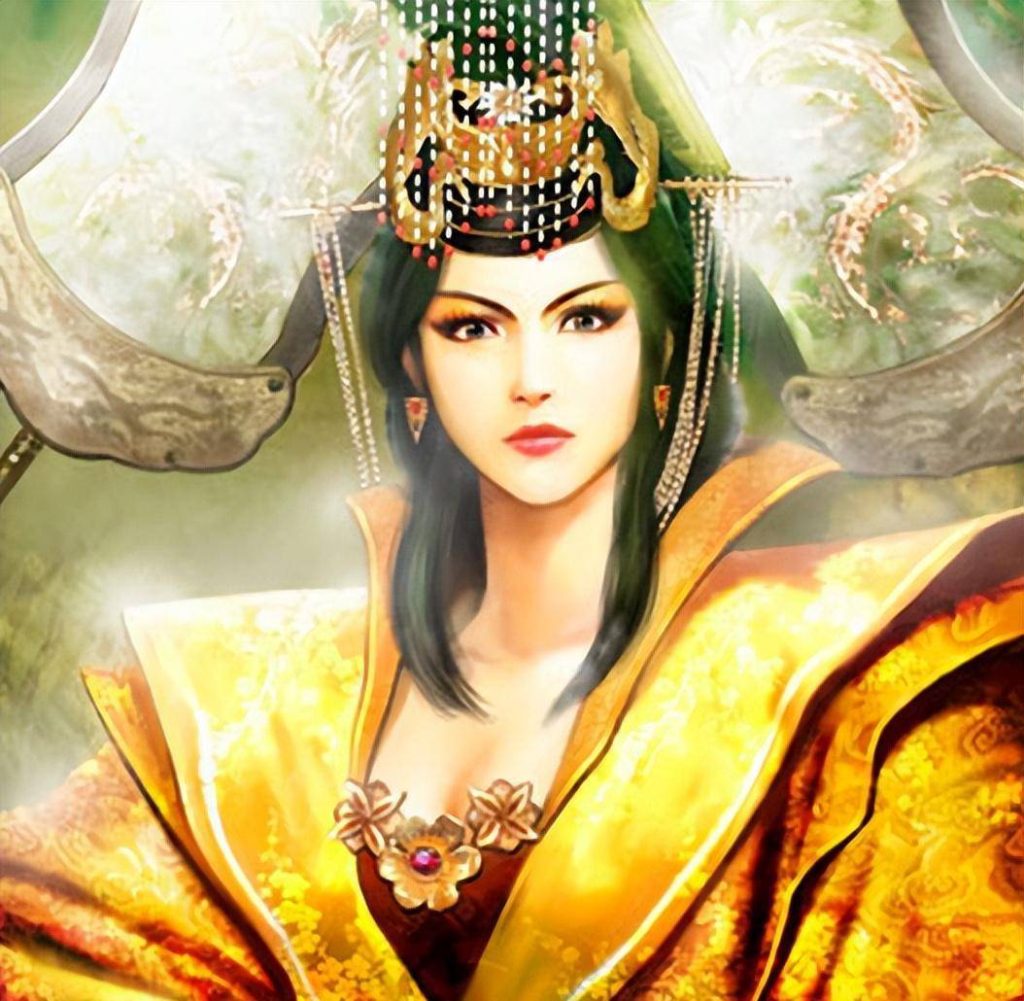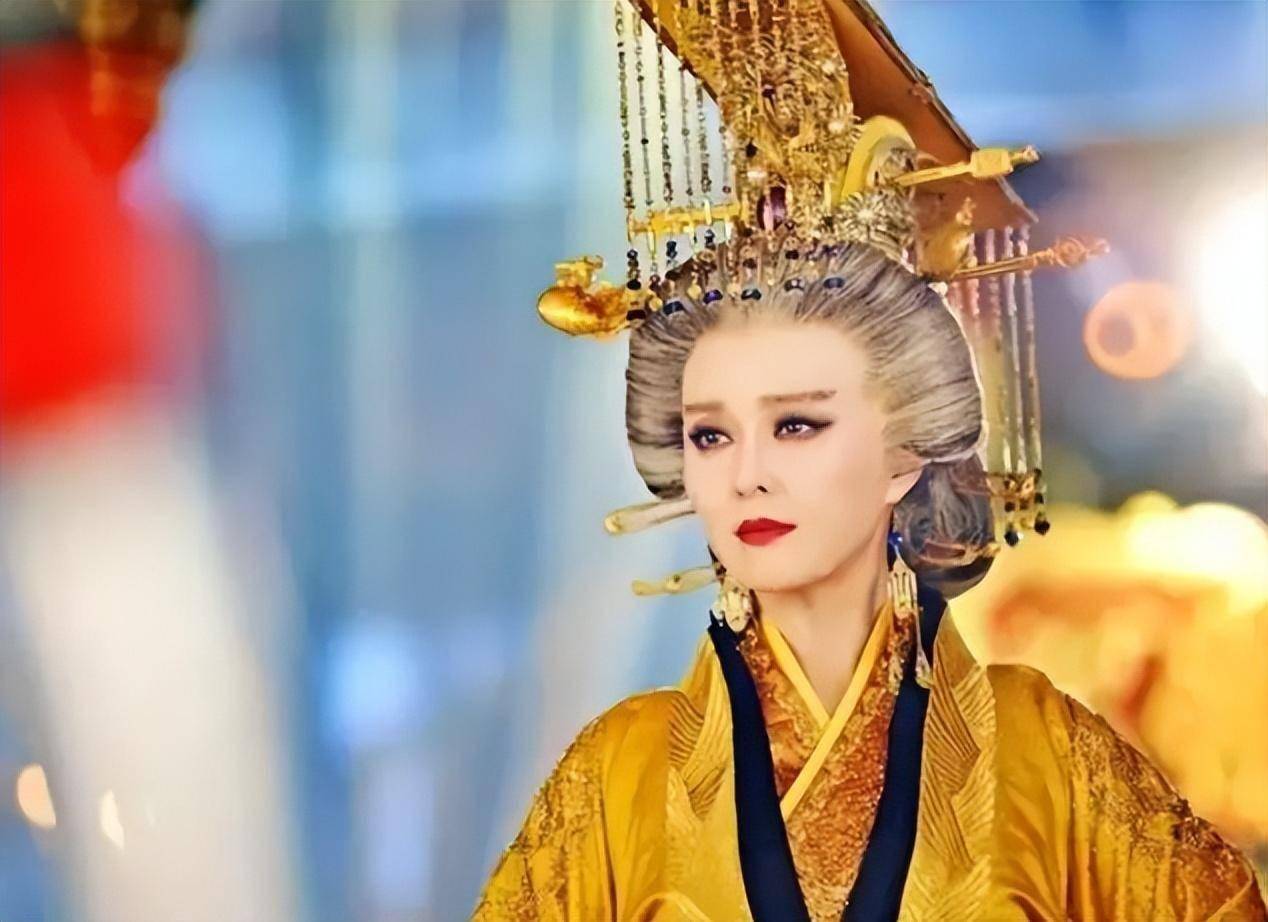Hello everyone, when it comes to Xue Dingshan’s words, everyone must have heard of them.

Xue Rengui and Xue Dingshan, father and son, are well-known Tang Dynasty famous generals. Many films, TV shows, and literary works have portrayed the legendary life of this father and son. However, precisely because they often appear in art works, many people mistakenly believe that both father and son are real historical figures. According to historical records, Xue Rengui did indeed exist, and in history, Xue Rengui was even more powerful than in his works of art. As for Xue Dingshan, there is no such person in history. He is a fictional figure in art works, and his historical prototype is Xue Rengui’s eldest son Xue Ne (n è).
Xue Rengui had five sons in his lifetime, namely Xue Ne, Xue Shenhuo, Xue Chuqing, Xue Chuzhen, and Xue Chuyu. However, apart from his eldest son Xue Ne and fifth son Xue Chuyu, there are almost no records of his second, third, and fourth sons in history. It is speculated that these three sons were relatively mediocre. Xue Ne was born in 649 AD and had a calm and experienced personality since childhood. He was not afraid of words or laughter. As the eldest son, Xue Rengui taught him everything he had learned throughout his life. Under his father’s careful cultivation, he was proficient in both civil and military skills, and was well versed in military strategy. With the shadow of his father Xue Rengui, Xue Ne was regarded as a young hero by civil and military officials throughout the entire dynasty.
Later, Xue Na entered the court as an official due to his father’s high position and power. However, he did not want others to think that he relied on his father for power, so he only started as a county magistrate. Xue Na is an honest and upright person who deeply abhors corruption and abuse of law. Once he discovers that someone has committed corruption and abuse of law, even though he is only a county magistrate, he will still impeach them. After Wu Zetian came to power, she had a group of favored officials under her command, including one named Lai Junchen, who was a famous cruel and corrupt official. He often used methods such as severe torture to extract confessions to achieve his goals, and Lai Junchen used his power to embezzle and abuse the law. The court was very dissatisfied with him. Xue Na learned about the actions of Lai Junchen and exposed and accused him. He also gained the support of the civil and military forces of the Manchu Dynasty, which ultimately led to Wu Zetian ordering the execution of Lai Junchen. Xue Na served as the supervising executioner and personally killed the corrupt official Lai Junchen.

Xue Ne’s integrity and honesty were praised by Empress Wu Zetian, and he was also Xue Rengui’s eldest son. Empress Wu Zetian decided to use him highly. In 698 AD, the Later Turks sent troops to invade the Tang Dynasty. Wu Zetian appointed Xue Ne as the commander-in-chief of the Tang army and led the troops to conquer the Later Turks. Xue Na has been studying military strategy under her father’s guidance for many years, and now it is the time to use military force. Xue Na targeted the situation on both sides of the enemy and used various tactics to restrain the enemy, dealing a heavy blow to the Later Turks and causing them to abandon their plan to invade the Tang Dynasty. Subsequently, Empress Wu Zetian appointed Xue Ne to be responsible for the defense of the border areas. Under Xue Ne’s garrison, the nomadic ethnic states in the border areas dared not invade the Central Plains for decades.
In the early years of the Kaiyuan reign of Emperor Xuanzong of Tang, nomadic tribes such as the Turks, Khitans, and Tubo united to invade the Tang Dynasty. This time, they had long planned to swallow up the Tang Dynasty, and Xue Ne became the commander-in-chief of the Tang army. He fully utilized his military talents to defeat them one by one. Under Xue Na’s divine military tactics, even multiple nomadic tribes united and were fiercely defeated by Xue Na. Xue Na once again made outstanding military achievements for the Tang Dynasty.
Xue Na’s military talent and contributions to the Tang Dynasty are not only more impressive than those in the novel, but also comparable to his father Xue Rengui. He is a well deserved famous Tang general, surpassing even his father Xue Rengui.
In 720 AD (the eighth year of the Kaiyuan reign of Emperor Xuanzong of Tang), Xue Ne passed away while in office at the age of 71.
This is the historical prototype of Xue Dingshan, Xue Ne.

